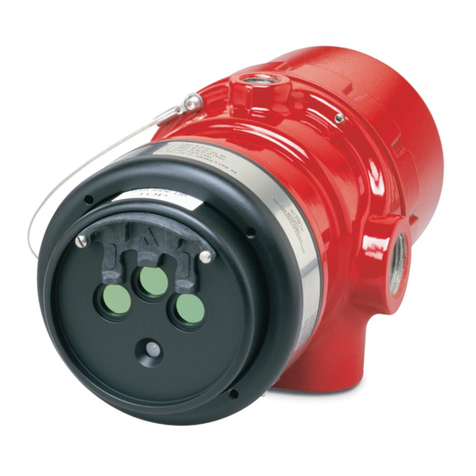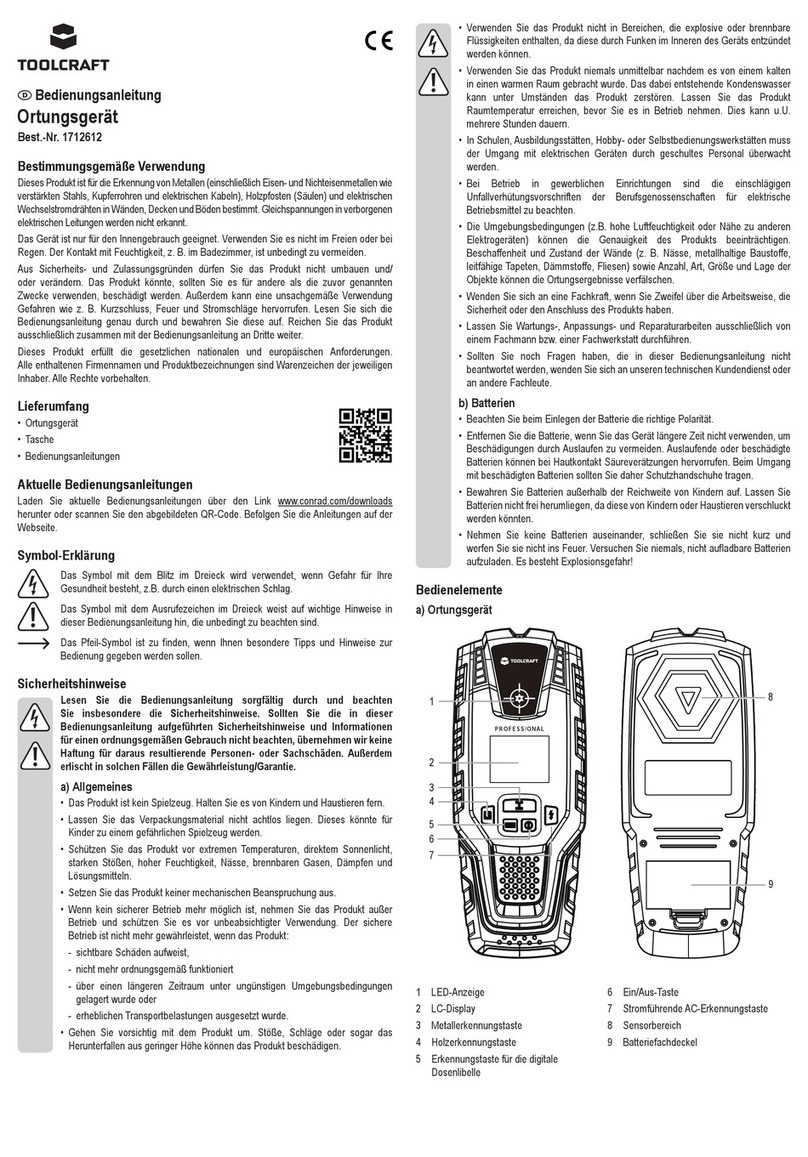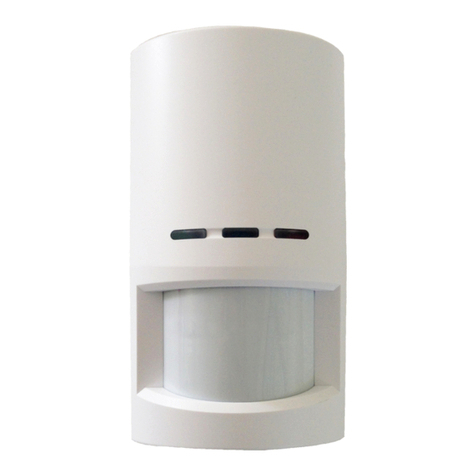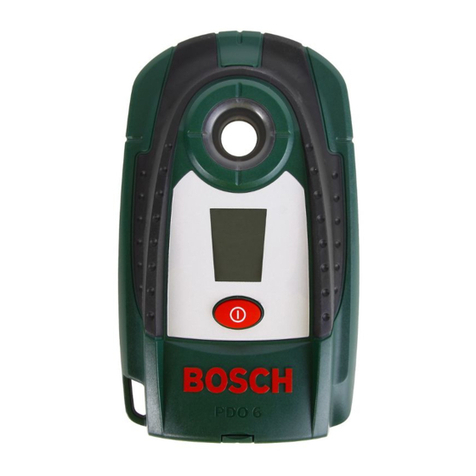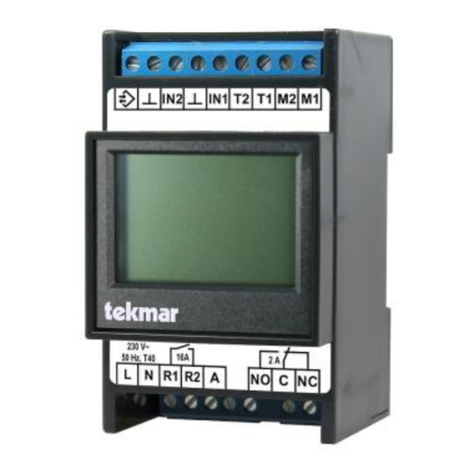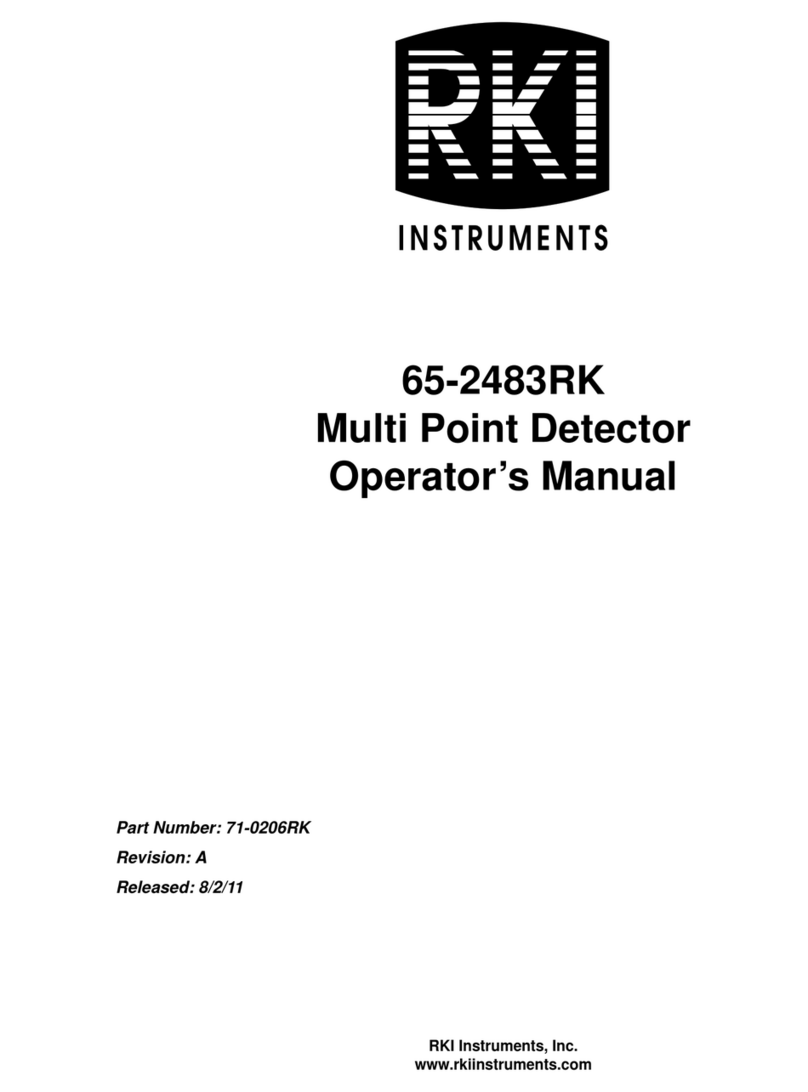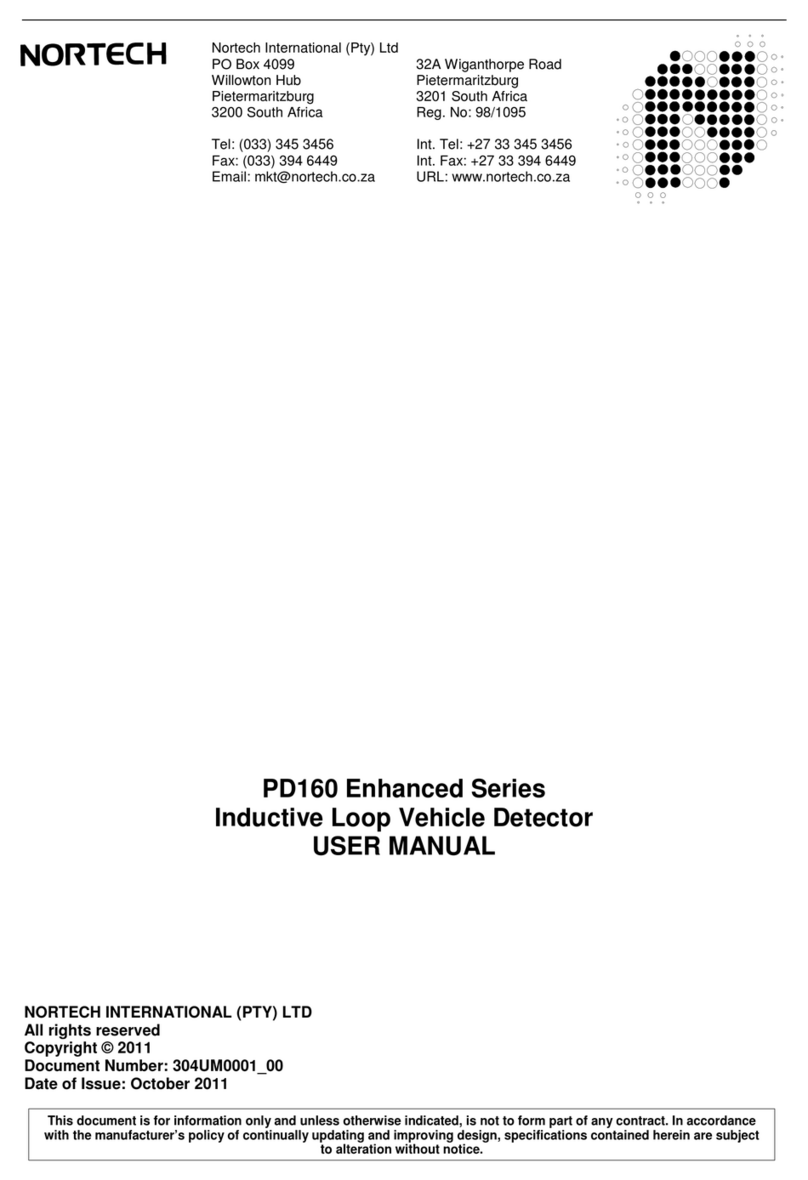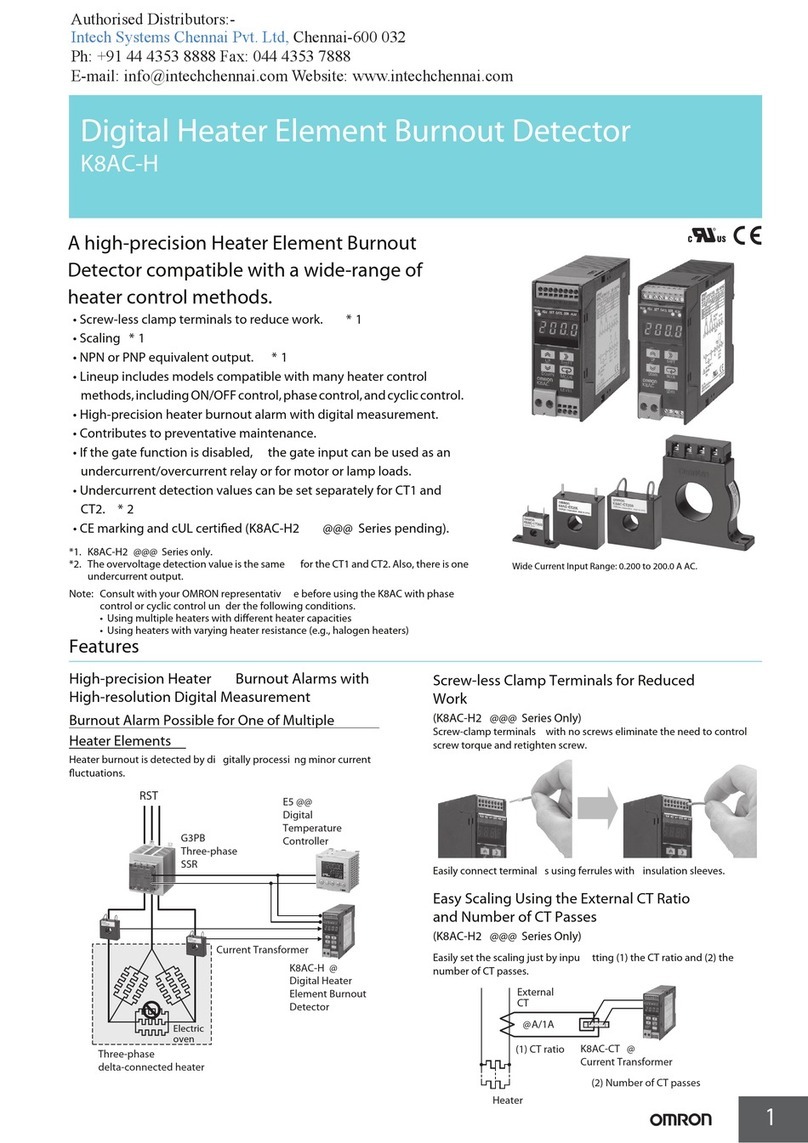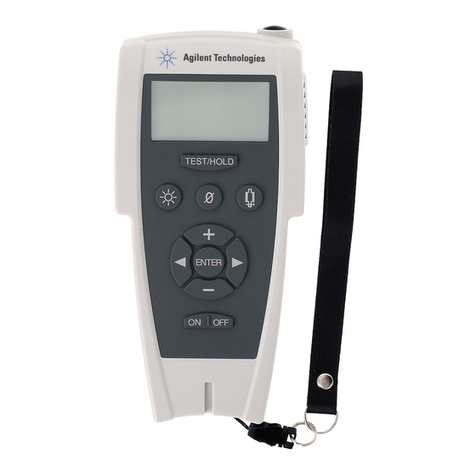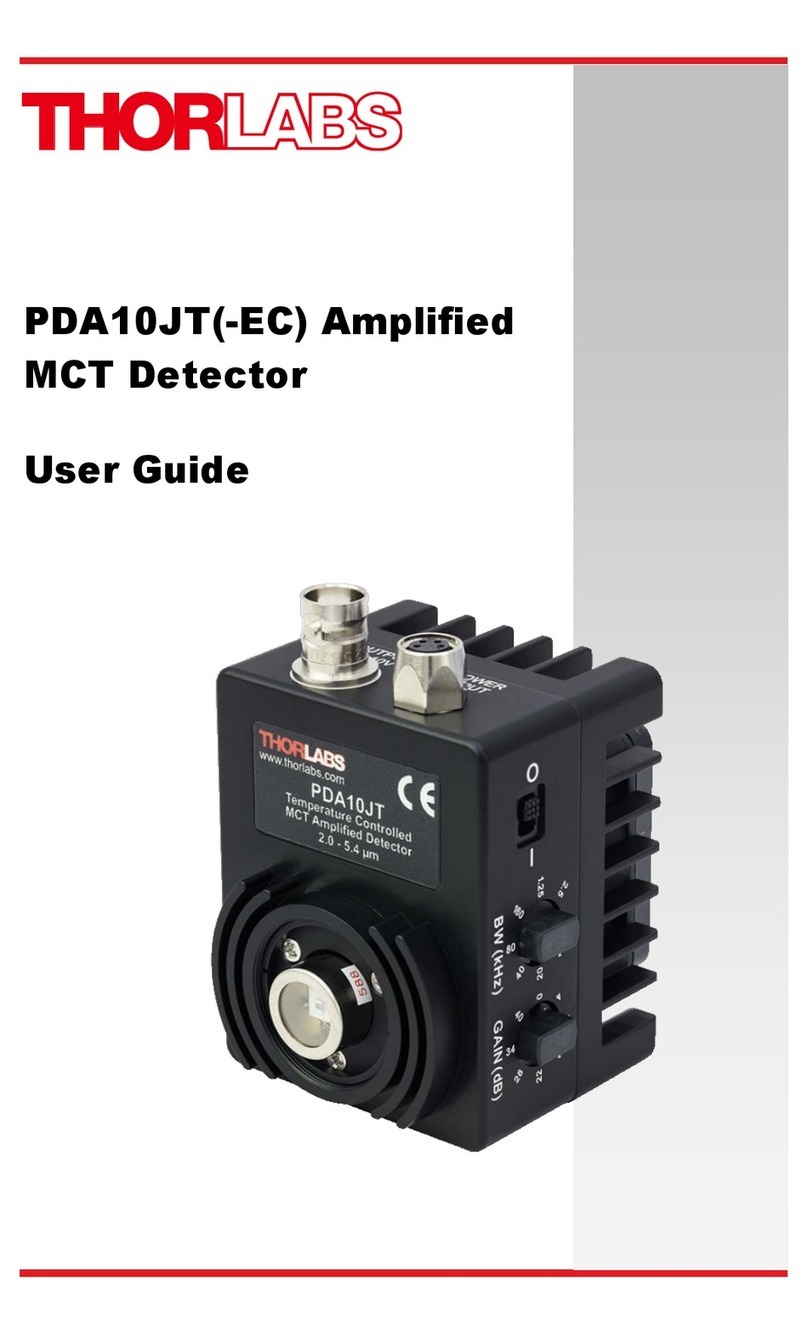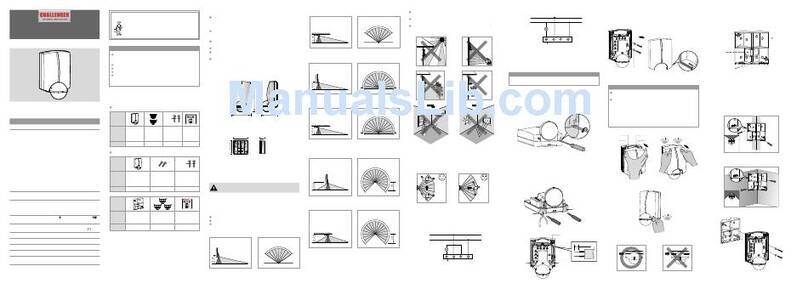
Terms and functions
10
circuit switches on for the minimum heating time
and the moisture measurement is suspended. Only
after the minimum heating time has elapsed is the
moisture determined again at regular intervals. De-
pending on the result of the moisture measurement,
the heating circuit remains switched on or is
deactivated.
The system automatically optimises the duration of
a measuring cycle depending on the sensor type
and temperature.
Switch-off temperature (lower temperature limit)
In addition to the activation temperature, there is
also a lower temperature limit (the switch-off tem-
perature), below which the moisture measurement
and, if necessary, the heating are deactivated
again.
At very low outside temperatures, dripping conden-
sation no longer occurs in roof areas and snowfall is
no longer to be expected in open spaces. (If snow
falls, it will be dry, light and not slippery. Since in
this case the heating capacity is often not sufficient
to completely defrost the surface and it would only
be partially thawed instead, the risk of slipperiness
would be rather increased by switching on the heat-
ing system.)
Minimum heating time
If moisture above the moisture threshold is detected
after the temperature has fallen below the activation
temperature, the minimum heating time starts,
which ensures that the heated area is definitely de-
frosted. During the minimum heating time, no
further moisture measurement takes place.
An external button on input A, which is switched to
L, can be used to manually activate the defined
minimum heating time. When the button is pressed
once, the heating is switched on for the duration of
the minimum heating time.
Follow up time
After the monitored area has thawed and dried with
the help of the heating, i.e. when the combi sensor
no longer detects moisture, a follow up time can be
activated. In the event that the combi sensor cannot
be optimally positioned, the follow up time can be
used to ensure that any ice and snow residues are
also defrosted, e.g. in shaded areas.

